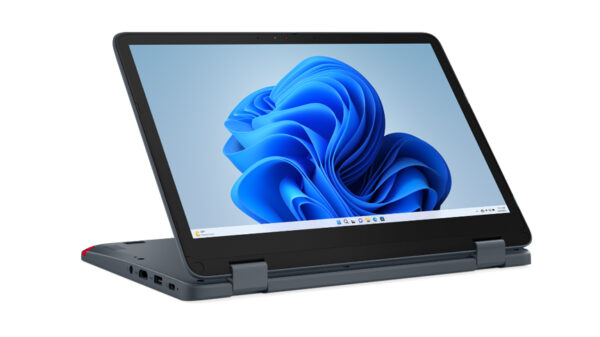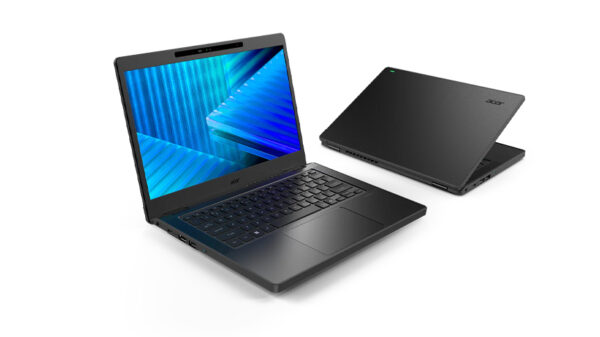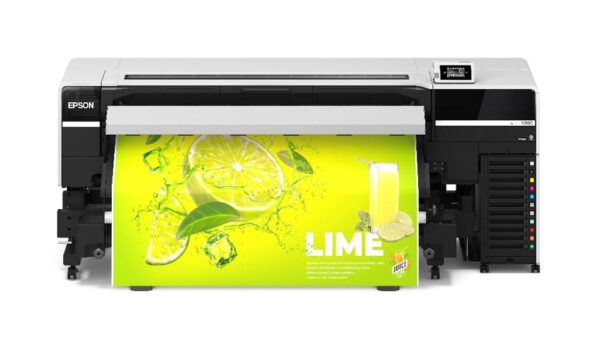Rural banking has always been considered a critical sector in the financial service industry. These banks help promote and expand the rural economy and provide essential financial services to rural communities unserved or underserved by commercial banks. The community segment it caters for is primarily those in the retail sector and the unbanked or those unreached by bank services or similar financial institutions.
In its 2019 Financial Inclusion Survey, Bangko Sentral ng Pilipinas (BSP) noted about 51.2 million unbanked Filipinos, translating to a whopping 71 percent of the entire adult population. But when the pandemic started, there was a big jump in account ownership due to the digitalization of financial transactions. Leveraging this trend, the report stated that the central bank aims to get at least 70 percent of the adult population to possess bank accounts by 2023.
But the question is, how can technology assist rural banks in ensuring financial inclusion? And what role does it play to help them be more agile and sustainable in today’s world and the future?
Braving through challenges
In a virtual event, ‘Digitalization in Rural Banking: Strategies for Financial Inclusion in the Midst of the Pandemic and Beyond,’ last March 2022, organized by the Bankers Institute of the Philippines (BAIPHIL) and co-presented by SAP SE, Estrellita Ong, Director of BAIPHIL and Chief Internal Auditor of BDO Unibank, Inc., said that rural banks currently face numerous challenges.
“Rural banking is a segment most vulnerable to economic stops brought by calamities and the pandemic. It also requires approaches that are more personal, inclusive, and far-reaching. And while competition is fierce, regulatory compliance is a must. That is why rural banks need more than good people and sufficient capital. It requires an upgraded and robust IT infrastructure to keep pace with the evolving technology landscape,” said Ong.
Business Innovation – A Necessity to Survive
To help rural banks and other financial institutions address these challenges, Nitin Vohra, Director of S/4HANA Center of Excellence for SAP Asia Pacific and Japan, discussed how technology and business innovation are changing the banking game.
Today, business innovation is critical for companies to survive, despite its prevalence before the pandemic. Since 2000, 52 percent of the Fortune 500 organizations have gone out of business due to digital disruptions, says Harvard Business Review. Aside from being a means of saving costs, technological advancements also deliver fresh avenues and opportunities that contribute to value creation.
“Nowadays, digital startups are achieving a billion-dollar valuation in less than four years, while Fortune 500 businesses could do it in 20 years,” Nitin explained.
Business Models to Adopt in the Digital Age
Nitin noted that traditional universal banking operates on a full-service model. They provide customers with different accounts and labeled products and services, such as mortgages and credit cards. However, this model contains several providers that offer a lower price, less friction, and better customer experience in the value chain. And with legacy software, competing with these providers is impossible.
“Banks should rationalize their product offerings and concentrate on areas that command a competitive advantage. Another option is to become a service provider to other banks or fintech companies to eliminate the need for others to engage in heavily regulated industries and activities, readily taking on the compliance burden,” Nitin explained.
Banks can also operate as aggregators of financial services and products. “In this way, banks do not have to incur the costs of manufacturing products and services to be compliant. It also provides its customers with access to a broad range of products. On the other hand, they need to adopt a vertically integrated yet open platform to take advantage of their execution capabilities and extend their ability to offer levels of customer fulfillment. It also helps enable banks to capture the network effects and capitalize on their existing competitive advantage,” he added.
Becoming an Intelligent bank
For SAP, it is also critical for rural banks to transform their business and become intelligent, sustainable enterprises that consistently apply advanced technologies and best practices within agile, integrated business processes.
To help banks and financial institutions become intelligent enterprises, SAP provides integrated applications and technologies in a digital platform. With its broad portfolio, the company helps deliver data-driven intelligence, operational effectiveness, financial insight, regulatory compliance, cost optimization, and the best talent in the industry.
Among its current offerings include RISE with SAP, a Business Transformation as a Service (BTaaS) solution that aids in ensuring transformation readiness and access to simpler support models by consolidating the solutions and services businesses require in one package.
“RISE with SAP provides cloud delivery capabilities that enable the journey to become intelligent banks. It mitigates risk, reduces cost, and accelerates time to value. It leverages the SAP reference architecture built with the industry’s best practices over the last five decades. It has predictable and lowers total cost of ownership to help banks run today and become intelligent banks of tomorrow,” Nitin said.
With its presence in over 150 countries and supporting more than 14,000 banks worldwide, SAP also has a robust ecosystem that helps banks implement SAP and non-SAP solutions to ensure that they become sustainable and resilient enterprises of tomorrow.











































































































